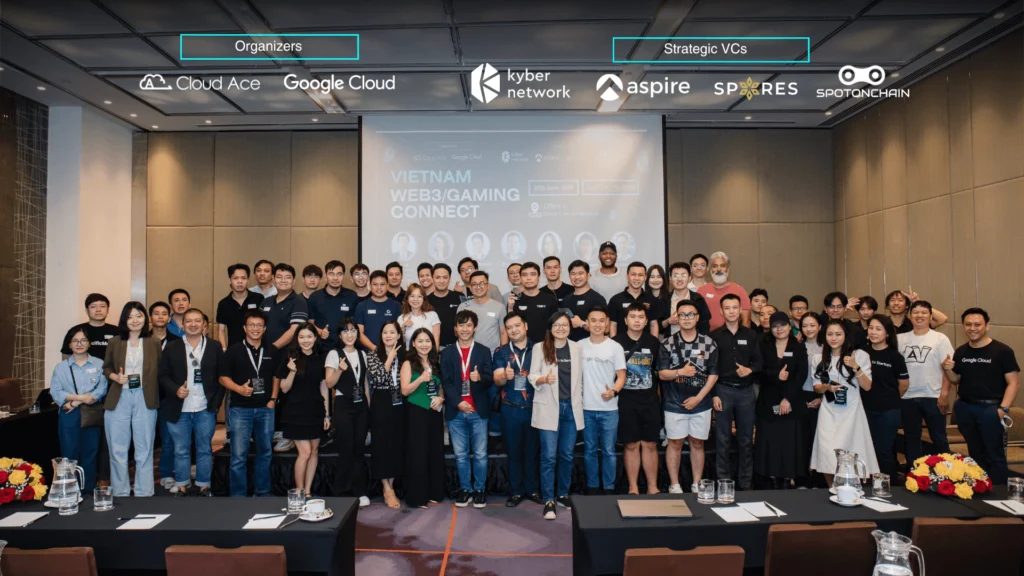Metaverse in 2025: 7 Questions That Still Deserve Answers
The metaverse trend once promised to reshape how we socialize, work, and play. Now in 2025, some people barely mention it — while others are quietly building the future it hinted at. So, where does it really stand today? From Web3 gaming platforms to the rise of Vietnamese blockchain startups, we break it down through seven pressing questions.
1. Is the metaverse trend dead — or just less noisy?
The term “metaverse” no longer commands the same cultural volume it once did, but that doesn’t mean it’s disappeared. Instead, the metaverse trend has become more fragmented, practical, and context-specific. Big players have pulled back, yet smaller, community-focused platforms — especially in emerging markets like Vietnam — are still innovating. Quietly, the space is redefining itself.
2. What does Web3 gaming look like in 2025?

Credit from CCN.com
Web3 gaming in 2025 is less speculative and more experience-driven. The focus has shifted from token speculation to actual gameplay quality and digital ownership. Many projects in Southeast Asia, especially those from Vietnamese blockchain gaming startups, are building interoperable assets across games and prioritizing player retention over token prices.
There’s still risk — particularly with token volatility — but players are now more selective and cautious. This has forced developers to build real value, not just tokenomics.
3. Why is Vietnam still in the conversation of Metaverse trend?

Credot from VnExpress International
Vietnam’s role in the metaverse trend continues to be surprisingly strong. From globally recognized game developers to local incubators focused on Web3 and metaverse market trends in Vietnam, the country has nurtured a niche where innovation and adaptability thrive.
Startups such as Whydah, Ancient8, and Sipher are no longer just “Web3 experiments” — they’re part of a maturing ecosystem trying to solve real design and infrastructure problems within blockchain gaming.
4. Are people still using metaverse platforms in daily life?
Not in the way early evangelists imagined. Most people aren’t living in VR headsets or attending virtual weddings. But hybrid virtual platforms for collaboration, events, and learning — particularly in mobile-first countries — have grown modestly.
In Vietnam, we see adoption in areas like digital showrooms, decentralized education platforms, and metaverse tourism pilots. These are less flashy but far more practical, which is perhaps what the metaverse always needed to be.
5. What’s the status of regulation in Vietnam and the region?
Vietnam still walks a cautious line when it comes to crypto and blockchain game regulation. While no outright bans exist, the lack of a formal legal framework makes it challenging for startups to secure large-scale funding or partner with traditional institutions.
That said, informal collaboration between government and tech hubs continues. In the absence of concrete rules, many teams operate with a sense of pragmatism — staying under regulatory radars while building for regional growth.
6. What are the biggest risks still haunting the space?
Three stand out: volatility, trust, and fatigue.
- Volatility in crypto tokens still undermines economic stability within games.
- Trust is fragile after multiple rug pulls and project collapses during the 2022–2023 cycle.
- And fatigue? Many users are simply overwhelmed or disillusioned.
Yet those still building — especially metaverse startups in Vietnam — are doing so more cautiously. Lessons have been learned. Fewer promises, more proof.
7. What does success look like for the metaverse in 2025?
Success today looks different than it did in 2021. It’s no longer about massive land sales or speculative hype. Instead, success is quiet — like a game that retains users for more than six months, or a local metaverse app that solves a real business need.
A project in Web3 gaming Vietnam doesn’t need to be flashy; it just needs to be useful, accessible, and sustainable. That’s the bar now.
Conclusion: Reframing the Metaverse Trend in 2025

Credit from Cloud Ace
The metaverse trend hasn’t vanished — it’s simply grown up. Less drama, more design. Web3 gaming continues to lead much of the movement, especially in mobile-native, developer-rich countries like Vietnam. The wild speculation days are over, but the building continues — just with quieter tools and more grounded goals.
The metaverse isn’t dead. It’s just finally being taken seriously.











